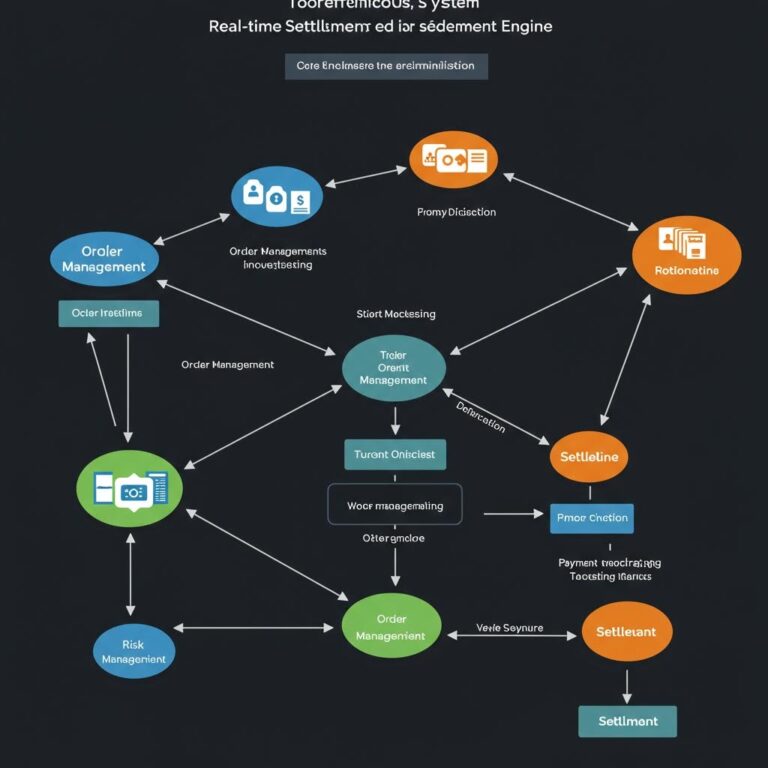How Betting Takes Over Your Brain’s Joy Setup
The Old Brain Paths
The brain’s joy system grew over a long time as a key way to stay alive, yet today, betting uses this key brain link. When you bet, your brain sees a big jump in dopamine levels – up to 10 times more than usual. This strong brain stuff normally makes you do key things to stay alive like eat and make friends.
The Fake Fun Circle
Almost wins and some wins build a fake joy loop that goes way past normal happy reactions. This big buzz makes your brain flood with dopamine a lot more than it would with everyday fun tasks. The betting world makes games to push this brain action, hooking you deeply.
Long Run Brain Changes
Too much betting and its big rewards can make the brain adjust. This change can hurt how your brain’s joy bits react. It gets hard to feel happy from normal stuff as your brain doesn’t get as excited by normal joy signals. This brain problem often leads folks to take bigger risks in betting to feel that high.
Seeing Through the Lies
Getting how these brain tricks work shows how the betting’s tricky joy setup grabs our brain’s natural flow. The industry uses our body’s weak spots, making us want to bet more by making sure our dopamine is flowing, while hiding the sure loss that comes. Knowing this helps make ways to help folks and promote safe betting. and the Identity That Comes With It
The Real Need for Rewards
The True Use of Brain Rewards
The Growth of Brain Joy Ways
The brain’s joy parts got better over many years as a key way to keep alive. This deep brain web grew to make sure we keep going by driving key acts through happy brain message. The base of this system is dopamine signals – key stuff that makes pleasure and happy feelings.
How the Brain’s Joy Links Work
The brain runs joy things through a few tied parts, with the core joy area being key. When doing must-do actions, this brain spot makes dopamine, giving good feelings that push helpful actions. That’s why key acts like eating when hungry or drinking when thirsty make you feel good right away.
Early Rewards and Growing Upsides
A special thing about the brain’s joy setup is it can send early dopamine – brain signals that show up before the real reward. This early perk was key for old humans, helping:
- Keep trying during long hunts
- Plan well for finding food
- Keep looking for mates
- Stay alive for the long run
This early perk, while key for staying alive, also makes us weak to fake joy setups in today’s world, like in betting and habit-building acts. Getting this old setup helps us see why we do what we do.
Knowing Dopamine’s Part
How Dopamine Plays in Betting
The Brain’s Joy Setup and Dopamine
Dopamine is a key brain stuff in the brain’s joy setup, helping with happy feelings and pushing acts. In betting, dopamine comes out not just when you win but all through the betting time. This brain stuff drives both hope and learning pieces, making strong act patterns.
Dopamine Acts in Betting
Studies show that dopamine fires in special ways during betting. Near-misses make dopamine flow almost like real wins, keeping up betting acts even with losses. The changing win setups in bets make a tough dopamine buzz that’s hard to stop, making the act hard to break.
Brain Acts and Choices
Brain scan studies show top dopamine action during the wait between making a bet and finding out what happens. This makes a strong learning feedback loop that can beat clear thinking ways. This big brain response is why folks keep betting even when they know it might not end well. This dopamine-based push is key in starting and keeping betting acts.
Near-Misses and Brain Acts
How Almost-Wins Mess with Brain Acts in Betting
The Brain Science of Nearly Winning
Nearly winning in bets makes strong brain acts that feel like real wins. The brain lets out dopamine, important brain stuff, even when you lose but it felt close to a win. This brain act keeps the betting going. The Hidden Emotional Toll of Secret Gambling
Brain Act Patterns
Studies show that almost-wins light up key joy spots in the brain, like the key joy band and feeling areas. These brain paths deal with rewards and push acts, reacting to near-wins as if they were true wins. The brain’s joy setup sees these close tries as signs that a win might be coming, even though it’s a real loss.
Game Design and Brain Tricks
Game makers set up near-win chances way more than by chance in their machines. This plan uses our natural brain acts by showing lots of near-wins, which keeps making dopamine flow. This keeps you playing more, even as you lose more, making it hard to stop betting.
When Looking Forward Turns into a Need
How Waiting for a Win Turns into a Need: Understanding the Brain’s Hold on Betting
The Way from Fun to Need
Betting needs start with the big jump of hope, making key changes in the brain’s joy setup. The dopamine buzz in this early stage looks like what we see in other addictions, making a brain act that can turn a fun bet into a need to keep doing it.
The Brain’s Joy Paths and Betting Signs
The brain’s joy road gets more used to betting-related signs. Things like casino sounds, bet ads, or just seeing a betting spot can make dopamine flow. This early buzz often hooks more than the betting itself, with the pre-bet rush being more fun than winning.
Brain Changes and Act Shifts
Brain scan proof shows big changes in brain build and work by going through too many bet events. The thought part up front works less well, while the joy part gets stronger. This change makes it hard to control urges to bet, making it harder to stop betting despite knowing it could turn out bad.
Key Brain Points
- Dopamine system on during the hope stage
- Joy paths get used to betting signs
- Changes in the brain that affect choosing
- Weaker control over urges in the front thought part
Breaking the Betting Feedback Circle
Breaking the Betting Feedback Circle: A Guide Based on Science
Getting the Brain’s Joy Circle
Betting needs run through a strong brain feedback loop that touches the brain’s joy setup. Getting free needs focused steps that look at both acts and brain paths. The key is to get and break this circle with ways backed by science.
Seeing and Handling Triggers
Outside signs are key in making the brain’s dopamine system go. Common signs include:
- Online bet sites
- Casino ads
- Time-linked cues
- Money stress points
By seeing and staying away from these addiction signs, we can start changing brain paths to break the tie between gambling signs and joy hopes.
Putting in Good Replacement Acts
Good dopamine buzz comes from doing other things that bring out natural joy:
- Body workouts
- Good time with others
- Learning skills
- Doing creative things
Thought and Act Therapy (CBT) is a strong way in this, helping folks question and change bad bet thoughts while building better ways to deal with things.
The Science of Changing Brain Paths
Studies show the brain needs about 90 days to make new, strong joy paths. Staying with good joy acts during this key time helps make brain links that can truly take on betting-related paths. Getting this time frame is key for setting real recovery hopes and keeping acts better over the long run.
Keeping Our Brain Joy Paths Safe
Keeping Your Brain’s Natural Joy System Safe: A Full Guide
Getting Brain Joy Paths
The brain’s natural joy system needs careful keeping from fake buzz that can be too much and make key brain paths less sharp. Dopamine part health is key in keeping our power for natural joy and happy feelings.
Effects of Fake Buzz
When faced with fake rewards like betting, the brain lets out dopamine at levels up to 10 times higher than with natural stuff. This too much buzz can:
- Hurt how receptors work
- Make it less sharp to natural joys
- Create joy patterns that can’t last
- Lower how happy life feels overall
Making Brain Guards Stronger
Natural Joy Acts
Doing acts that make good joy helps keep dopamine working right:
- Body workouts make natural happy brain stuff flow
- Time with others makes lasting happy feelings
- Getting goals done makes good dopamine flow
- Staying mindful helps in controlling joy
Building Safe Routines
Put in these ways based on proof to keep brain paths safe:
- Keep to a workout plan
- Make deep connections with others
- Set goals that you can reach bit by bit
- Do mindful acts each day
- Watch and control how much fake buzz you face
Keeping Dopamine Sharp
Staying with natural joy acts builds brain paths while staying sharp. This even way makes sure the long life of the brain’s joy system and keeps our feelings good for longer.


